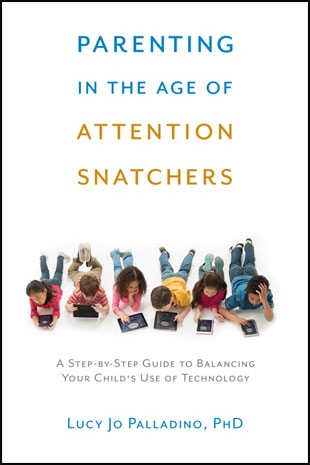"It's a thing of beauty to watch figure skaters perform at the Olympics, a chess master play multiple boards, or musicians improvise spontaneously. As a result of many years of concentrated practice, they can now depend on their fast, effortless bottom-up pathways [support involuntary attention] to collaborate elegantly with their top-down network [supports voluntary attention].
"Before reaching this stage of mastery, experts begin, like anyone else, with a deliberate effort to learn the basics. They exercise strong voluntary attention to practice and improve their skills. The more they do this, the more that their training carries attentional weight for them. They become attracted to their own practice of correct action and sequences. They repeat their routines with conscious effort until they no longer need top-down pathways to direct the actions they've practiced repeatedly. Then they can rely on their faster bottom-up pathways to orient them automatically to make correct decisions and movements.
"Brain-imaging studies point to the way that the brain accomplishes this. When subjects successfully ignore distracters, response suppression is evident in the sensory cortex, which would otherwise show brain activity for involuntary attention. In other words, top-down pathways result in both increased attentional weight for cues that help you achieve your goal and decreased attentional weight for cues that don't. The more you focus with top-down pathways on the things that count, the more help you get from your bottom-up pathways to ignore the things that don't.
"Of course, the opposite is true, as well. Untrained bottom-up pathways go rogue. With weak voluntary attention and no meaningful goals, bottom-up pathways will lead your child to the hottest stimuli in his environment, and those pathways of distraction will strengthen over time, too.
"As the French writer Michel de Montaigne once observed, 'No wind favors he who has no destined port.' Bottom-up neural pathways go one step further, casting your attention in the direction of the strongest wind in any direction. From time to time, relaxing in this state can be a boost to creativity, but only if you return to the course you've set for yourself toward your goals.
"Today, in the twenty-first century, involuntary attention is getting swept away by gale-force wind — the power of digital media to attract bottom-up pathways — especially for children. Their prefrontal cortex — the origin of top-down pathways in the brain — is not yet fully developed, which makes them more vulnerable than adults to react to hot stimuli. When it comes to attention snatchers, what's critical for us to understand is that digital media is capable of usurping the power of bottom-up networks in children's brains that were meant to help them reach their goals."
